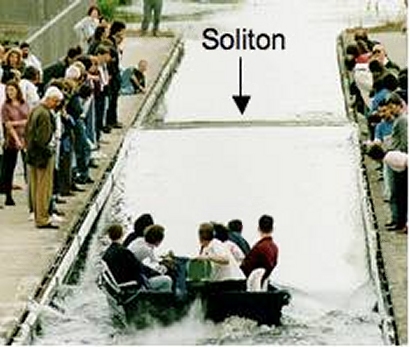I am aware of the following field- and particle-like notions:
- QFT particle, a unit of excitation in (the Fock space of) a QFT;
- SR field, an extremal $A = A(\mathbf x)$ of a Lorentz-invariant action;
- QM particle, a time-dependent element of a Hilbert space with a position basis $\lvert x(t)\rangle$, with an associated unitary evolution law;
- SR particle, an extremal $\mathbf x(\lambda) = (x^\mu(\lambda))$ of a Lorentz-invariant action;
- eikonal function, a solution of the eikonal equation from optics;
- principal Hamilton’s function, a solution of the Hamilton-Jacobi equation for a Galilean invariant Hamiltonian (not involving $c$);
- CM particle, an extremal $\mathbf x(t) = (x^i(t))$ of a Galilean invariant action (not involving $c$).
The non-relativistic limit (4) → (7) is standard for a spinless massive particle. The same argument gets you (2) → (3) in the sense that it reduces the Klein-Gordon equation to the Schrödinger one. Classical mechanics tells us how (6) and (7) are about the same thing. JWKB is (3) → (6) for spinless particles, and the eikonal approximation is (2) → (5) for a free scalar field in basically the same way, but it’s not $\hbar\to 0$ but $\lambda\to 0$.
There are clearly things missing from the picture. First, there should be some sort of correspondence between (1), (2) and (3) for massive scalar fields. (1) → (2) via functional integration is formally straightforward, but what’s the limit taken exactly? How to do (1) → (3) (preferably in an interacting theory) and what are the limits I don’t know at all—probably with a Schrödinger field as an intermediary step? One would also want ensure that the “diamond diagram” “closes” to classical mechanics (6, 7) coherently.
Second, there should be a correspondence about (massive) fermions: antisymmetric Fock space/integration over Grassmann variables in (1), the Dirac equation in (2), Pauli equation in (3), something in (7). On one hand, (1) → (2) via the functional integral is again formally straightforward, but it’s not clear what the parameter in the limit is; (2) → (3) is somewhat better. On the other hand, I’ve heard it said that there are no classical fermions because Grassmann variables classically can’t be anything but zero. Clearly there are: those in the CRT are pretty classical in the uncertainty-relation sense. But the Grassmann variables are zero, which makes one wonder what the stationary-phase approximation in the functional integral even means.
Finally, there’s the business about massless particles. Again stationary phase (1) → (2) works, but in what limit? Whether and in what sense the wavefunction in (3) even exists I don’t understand. (“There’s no photon wavefunction, but there’s this function [the Maxwell field] whose absolute value squared gives you the probability to absorb a photon”, anyone? It is for this reason that didn’t define “position basis” in (3).) Non-relativistic limits of massless particles are bound to be confusing, of course. At least the difference between (5) and (6) makes sense (there’s no $t$ dependence in the former because the photons move too fast), but I’m not aware of any formalization of the ray in geometric optics that would be analogous to (7). Zurek mentions in passing that states with different photon occupation numbers do not decohere, but doesn’t elaborate. Still we somehow compute Compton scattering using massless particles in SR.
A reasonable answer to this question would probably contain a greater percentage of references than usual in order not to get too long. I understand that it screams too broad, but really can’t untangle this blob of confusion in my head. In a sense helping me split it into several follow-ups would also be an answer.

